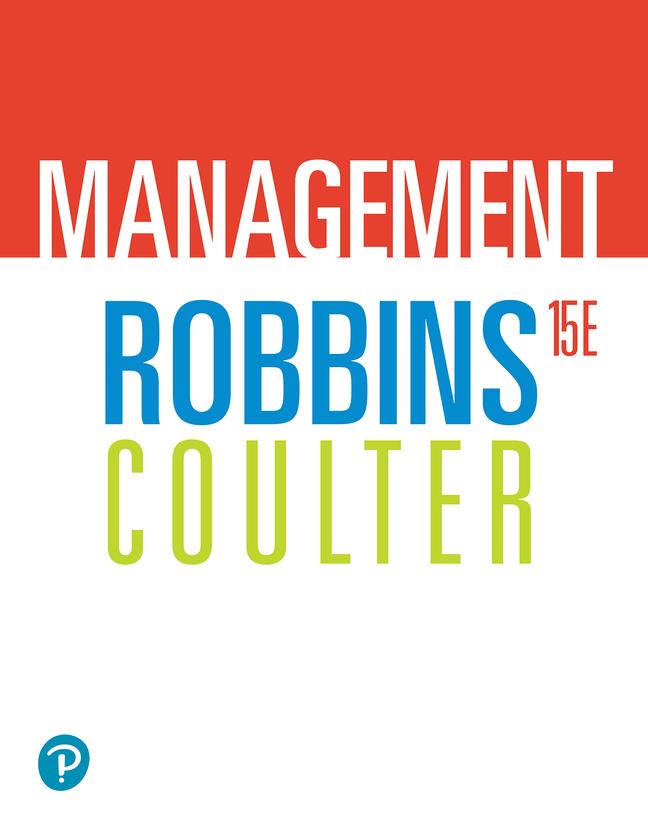Question
Thinking about a job you would like to have in the human service sector, look for it, or a similar job, using ALIS and Alberta's
- Thinking about a job you would like to have in the human service sector, look for it, or a similar job, using ALIS and Alberta's Occupational Demand and Supply Outlook 2015-2025. What is the job outlook for this job currently? Is there more demand or more supply? Is it a good career choice for you based on this information?
- Organizations are trying to correct past hiring biases by recruiting employees from designated groups. As an HR professional, what suggestions would you make to create a diverse workforce? What are your thoughts on "blind recruitment"?
- Think about a job or volunteer position you have held or currently hold. It need not be in the human service sector. Compare your orientation experience (first day, first week, ongoing) to that described by Peacock et al. (2020, p. 183). Was there anything missing? In what ways did it prepare you or not prepare you for your job?
- Think about a job you would like to have in the human service sector (one that is different from the one you currently occupy). Identify one training need that you would have in order to be successful. Considering the training methods described by Peacock et al. (2020, pp. 189-194), which of these would best meet the training need in terms of content and your preferred style of learning?
- Think about the best supervisor you have had in a job or volunteer position. The job need not be in the human service sector. Without breaching confidentiality, compare the person's attributes with the characteristics of effective supervision discussed in Module 7. Which characteristic was (or is) most important to you?
- With reference to the same job or a different one, consider the situational leadership approach. Write about a time when the correct approach was used in relation to your development. If you can't think of one, write about a time when an incorrect approach was used. How did either scenario impact you?
- How does appreciative inquiry fit with human service work? Where can you see yourself using it?
- Peacock(p. 222) suggests that there may be generational differences relating to the amount of feedback employees want from their supervisor/manager. What types of feedback do you like to receive? How often? Do you think your responses reflect your generation (e.g. GenX, Y, etc.)? Explain.
9. that we should do away with annual performance reviews. What is your opinion? If you agree, how will employees be appraised?
10. How do you think customer (client, consumer, or whatever term you use) feedback could or should be used in human service organizations? Please share examples you are aware of.
11. Focusing on indirect compensation, as an HRM professional, what would you want to implement to attract, retain, and motivate staff?
12. Considering the two motivational theories covered in this module, which of these best resonates with you? Are there other things that motivate you to do well in your work?
Step by Step Solution
There are 3 Steps involved in it
Step: 1

Get Instant Access to Expert-Tailored Solutions
See step-by-step solutions with expert insights and AI powered tools for academic success
Step: 2

Step: 3

Ace Your Homework with AI
Get the answers you need in no time with our AI-driven, step-by-step assistance
Get Started


